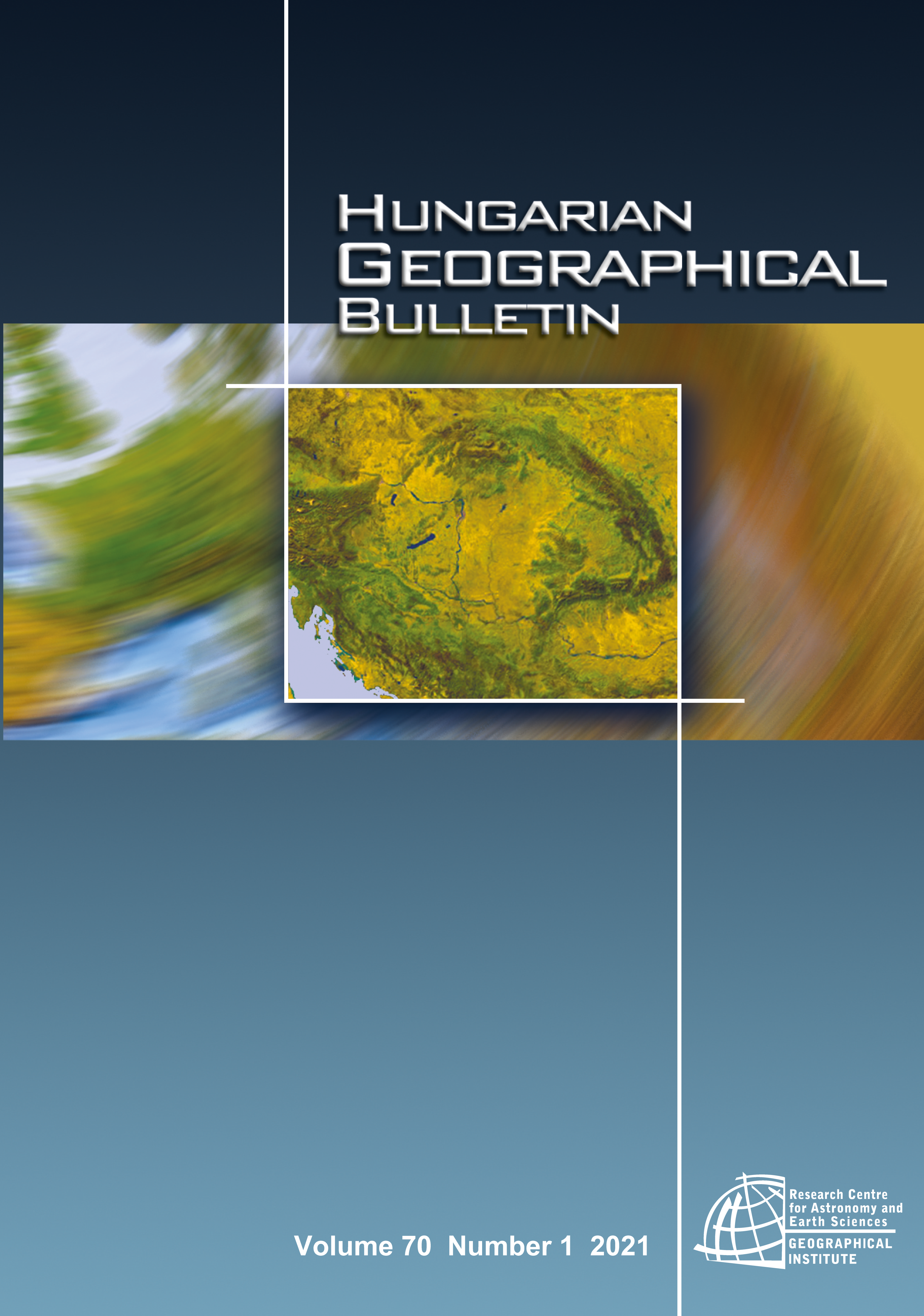Karácsonyi, D., Taylor, A., and Bird, D. (eds.): The Demography of Disasters, Impacts for Population and Place
References
Andres, L. and Round, J. 2015. The role of 'persistent resilience' within everyday life and polity: households coping with marginality within the 'Big Society'. Environment and Planning A: Economy and Space 47. (3): 676-690. https://doi.org/10.1068/a46299
Carson, D.B. and Carson, D.A. 2014. Local economies of mobility in sparsely populated areas: Cases from Australia's spine. Journal of Rural Studies 36. 340-349. https://doi.org/10.1016/j.jrurstud.2013.10.011
DeVerteuil, G. and Golubchikov, O. 2016. Can resilience be redeemed? City 20. (1): 143-151. https://doi.org/10.1080/13604813.2015.1125714
Hollander, J.B., Pallagst, K., Schwarz, T. andPopper, F.J. 2009. Planning shrinking cities. Progress in Planning 72. (4): 223-232.
McEntire, D. 2013. Understanding catastrophes. A discussion of causation, impacts, policy approaches, and organizational structures. In Preparedness and Response for Catastrophic Disasters. Eds.: Bissel, R., Jensen, S. and Feldman-Jensen, S., London, New York, CRC Press, 27-44.
Oliver-Smith, A. 2009. Climate change and population displacement: Disasters and diasporas in the twenty-first century. In Anthropology and Climate Change: From Encounters to Actions. Eds.: Crate, S.A. and Nuttal, M., Walnut Creek, Left Coast Press, 116-138.
Perry, R.W. 2007. What is a disaster? In Handbook of Disaster Research. Eds.: Rodriguez, H., Quarantelli, E. and Dynes, R., New York, Springer, 1-15.
Vale, L.J. and Campanella, T. 2005. The Resilient City: How Modern Cities Recover from Disaster. New York, Oxford University Press. https://doi.org/10.1093/oso/9780195175844.001.0001
Copyright (c) 2021 Kostyantyn Mezentsev

This work is licensed under a Creative Commons Attribution-NonCommercial-NoDerivatives 4.0 International License.






